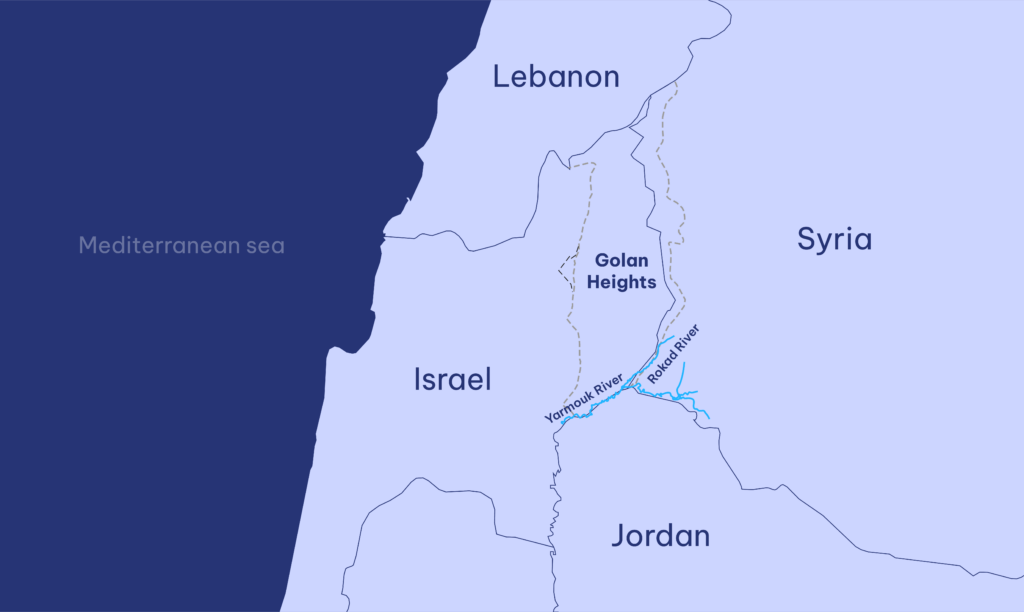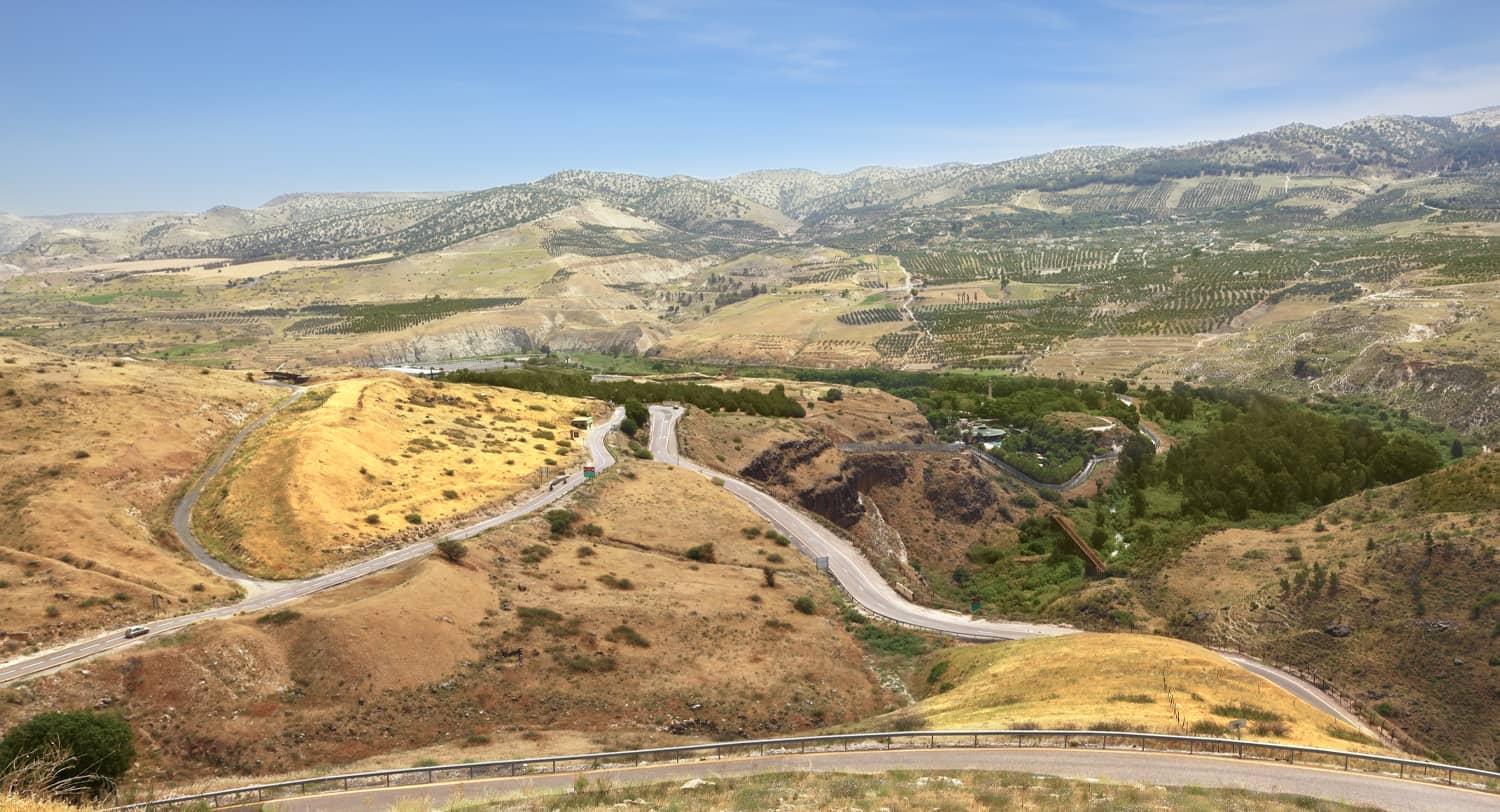As part of my army reserve service, I belong to a unit that is holding a sector opposite Syria and defending the State of Israel’s territory on the northern border. The scenery can only be described as breathtaking. The deep, carved Rokad River meets the Yarmouk River in a tri-border area, creating a magical, peaceful landscape that expands the heart and the mind after almost two years of fighting.

The calm and beauty, however, are an illusion. This is one of the most complicated sectors Israel faces today. Syria stretches out before us – a country with a long-standing conflict with Israel that continues to host terrorist organizations hostile to Israel and intent on harming it. Here, on the tranquil banks of the Yarmouk, Israel conducts active defense inside an area that has become a “no man’s land.”
The fall of Asad’s regime did not bring peace. Instead, it created a strategic vacuum that was quickly filled by radical Sunni militias. The Israel Defense Forces (IDF), and the reserve forces in particular, serve as the first line of defense in the new geopolitical struggle.
When Syrian opposition forces took control of Damascus on December 8, 2024, Israeli intelligence was caught by surprise. In response, the IDF moved into the demilitarized zone between Israel and Syria established by the 1974 ceasefire agreement, and set up several forward posts across the fence there. Today the IDF holds these positions in the demilitarized zone, as strategic depth to defend the nearby towns and villages of the Golan Heights from various hostile actors.
The Syrian front is full of different forces, almost all of them hostile to Israel. Now, a year after the fall of the Asad regime, local actors are beginning to understand the balance of power and to learn what is permissible and what is forbidden under the new regime, while the new regime itself is occupied with achieving stability – with limited success.
Iranian-backed Shi’ite forces are still operating in southwest Syria and are trying to rebuild their capabilities, after the losses Iran sustained in the June 2025 war. The “Golan File,” an operational arm of Lebanese Hizbullah, is attempting to rebuild its capabilities on the Syrian front, with funding from Iran. These resources strengthen Iran’s influence among the local population and provide an operational capacity against Israel.
There are also global terrorist organizations facing us in southern Syria, the most notorious being ISIS. In addition, there are many small terrorist groups seeking to harm Israel, including organizations affiliated with Hamas abroad.
Before October 7, 2023, Israel was focused on the Iranian-backed Shi’ite forces in Syria, waging what Israelis called a “campaign between wars” against these forces primarily through airstrikes. Now we must contend with a dual threat: the recovering Shi’ite axis and an array of fundamentalist Sunni groups (some backed by Turkey) – all of which exploit the Syrian governance gap.
The State of Israel must not take lightly what is happening in Syria. The flat terrain in the center of the Golan Heights allows vehicles quick access to civilian communities in a very short time, and preparations must be made to defend accordingly. The landscape of the southern Golan, characterized by deep, carved wadis, can enable covert infiltration by terror cells and mass-casualty attacks on Golan communities. The constant presence of the IDF in this challenging terrain allows it to set the rules and to preempt the build-up of hostile forces – a task that would have been impossible had the IDF remained behind the buffer zone fence.
This situation requires Israel to maintain a vigilant military strategy toward the threats emanating from Syria. The Israeli presence in the buffer-zone posts is essential to prevent a repeat of an October 7–type surprise attack by terrorist groups, this time in the Golan.
But military strategy alone is not enough. The regime led by al-Shara’a seeks to position itself as the legitimate ruler of Syria and to govern the entire country. Israel should seek to alter the long-standing political stalemate with Syria and bring about regional stability. This appears to be a realistic scenario, if press reports of secret talks are accurate.
In the most optimistic scenario, with cooperation from the Trump administration, it should be possible for Syria to join the Abraham Accords and participate in the prosperity of this regional coalition. These accords would support the new regime and its stability, ensure the security of the State of Israel, and remove proxy forces and international terrorism from Syrian soil. From such a diplomatic achievement, and from a peace of strength, a new reality on the northern border could emerge, turning Syria from a “no man’s land” into a center of regional stability.



